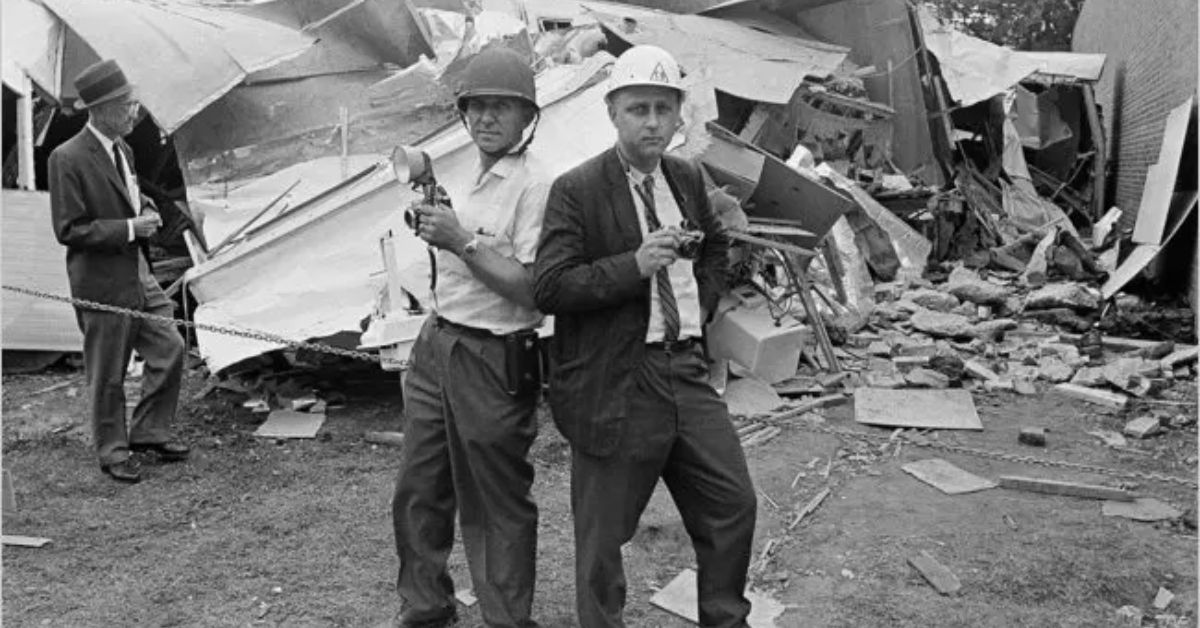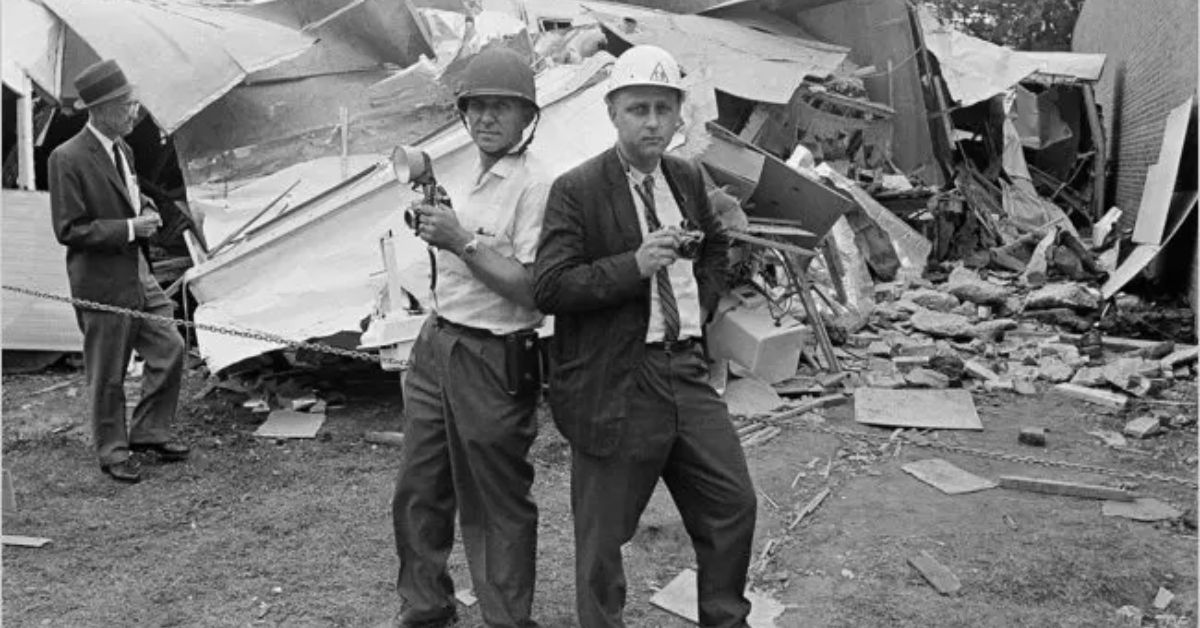Bill Hudson, a photographer for the Associated Press who captured harrowing photographs of police brutality during the civil rights movement and galvanized the public with those images, passed away on Thursday in Jacksonville, Florida. He was 77.
Hudson was present in Birmingham, Alabama, in 1963, when black protesters disobeyed a city prohibition on protests and police turned their canines on marchers. He was also present in Selma, Alabama, in 1965, when policemen used fire hoses as their primary weapon against protesters.
The photograph taken by Hudson on May 3, 1963, that has stood the test of time depicts a white officer wearing dark sunglasses holding a black boy by his sweater while allowing a police dog to sink its teeth into the stomach of the young man. The young man, Walter Gadsden, has his eyes cast down and is maintaining an expression of unruffled composure.
Baptist Medical Center is where Hudson passed away. Beaches of congestive heart failure, according to his wife, the former Patricia Gantert, who provided the confirmation. Ponte Vedra, Florida was home for Hudson and his wife, who remained close by.
During his more than three decades of work as a photojournalist, Hudson documented a variety of subjects, including the Korean War while he was serving as an Army photographer and bodies that were to be examined at the Dade County Medical Examiner’s office. However, his reporting in the 1960s on the civil rights movement is considered to be his most significant body of work.
The next day, the Associated Press photograph of the police dog and youngster appeared in The New York Times above the fold, spanning three columns, and it was likely published in a great number of other newspapers. Many people came to regard it as a force that could help galvanize public opinion in favor of those who advocated for civil rights.

More Dead News Of Famous Celebrities:
- Luke Bell Cause of Death? Is He Death By the Over Dose fentanyl!
- Tiktoker Megha Thakur Dead At 21 It Is Unknown What Caused Of The Death
The hostility that Hudson experienced, according to his wife, came from individuals who didn’t want him filming the conflicts because he was documenting them.
“Sometimes they were hiding in trash cans,” she said, “and sometimes people were throwing rocks and bricks at him.”
In “Carry Me Home,” Diane McWhorter’s 2001 book about the civil rights era in Birmingham, the author refers nine times to the photograph, saying it helped move “international opinion to the side of the civil rights revolution.”
Phil Sandlin covered the civil rights movement for United Press International before joining AP. He said Hudson looked out for him despite working for a competitor.
“He was probably the most feared photographer that I had to work against because he was very, very good,” Sandlin said. “He was very cool, he didn’t get rattled. He was a good person to work with despite the fact that we were competitors.”
Hudson was born in Detroit on August 20, 1932, and he began his career as a photographer in the United States Army in 1949. After that, he worked as a photographer for the Press-Register in Mobile, Alabama, as well as the Chattanooga Times, before beginning his career with the Associated Press in Memphis, Tennessee, in 1962. In 1974, he parted ways with the AP and began working for UPI.
In addition to his wife, Sharon Garrison, who resides in Laguna Beach, California, is one of Hudson’s surviving relatives.
Let me know if you have any feedback on our content. If so, we’d love to hear your insights in the space provided below. Save Journalistpr.com. in your bookmarks for more similar news.

Leave a Reply